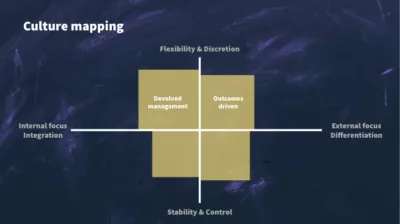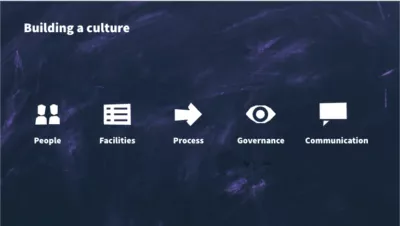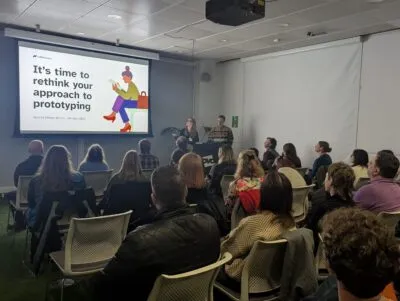Culture in practice – Vodafone
Taking ownership of change
I asked Alberta, ‘when consultants are invited into large organisations to support change programmes, what happens after the consultants leave?’
Alberta explained that culture can be designed, but for people to embrace any change, they must feel a certain degree of ownership. When the organisation has the chance to participate in making decisions, to be part of discovery, of workshops, and of helping to shape the program of change, the impact is much more substantial.
Once the consultants leave, it’s up to leadership to model the change you want to see. Unless they embody those values straight away, every effort will fall apart. Furthermore, leadership needs to model those newly defined values with consistency and commitment; otherwise, others will assume that the old ways are still ok. If allowances are made for particular groups, it will dilute the meaning of the change and the credibility of leadership.
The role of the consultant
Often, people working in an organisation have a clear idea of what works and what doesn’t. The role of the consultant is to help them determine a path for going from A to B, and to help them identify who will support their role model to lead along that path and who will champion these values. The effort needs to happen at every level of the organisation.
The consultant’s role is also to help them determine how they can preserve the foundational intent of the organisation. Without these beacons of intentionality, it’s easy to lose your sense of self, purpose, and value. These internal signposting efforts need to be supported by clear vision goals, with customer value being the ultimate goal that reinforces the change you want to make.
Demonstrating success
Sometimes, senior organisation members are vested in the status quo because they’ve become successful by learning how those cultures, subcultures, systems and ecosystems work. This makes it hard to create change because change directly threatens the status quo and their potential future well-being. Alberta said she has previously approached this challenge by demonstrating practical value. She advised finding a corner of the organisation and showing that this new approach or different way of doing things can be successful. Then it becomes contagious – everyone wants a little bit of the pixie dust.
Alberta told us that as a leader, the most important quality to have is courage. Leaders need the courage to take that leap of faith because change can be scary and risky.











